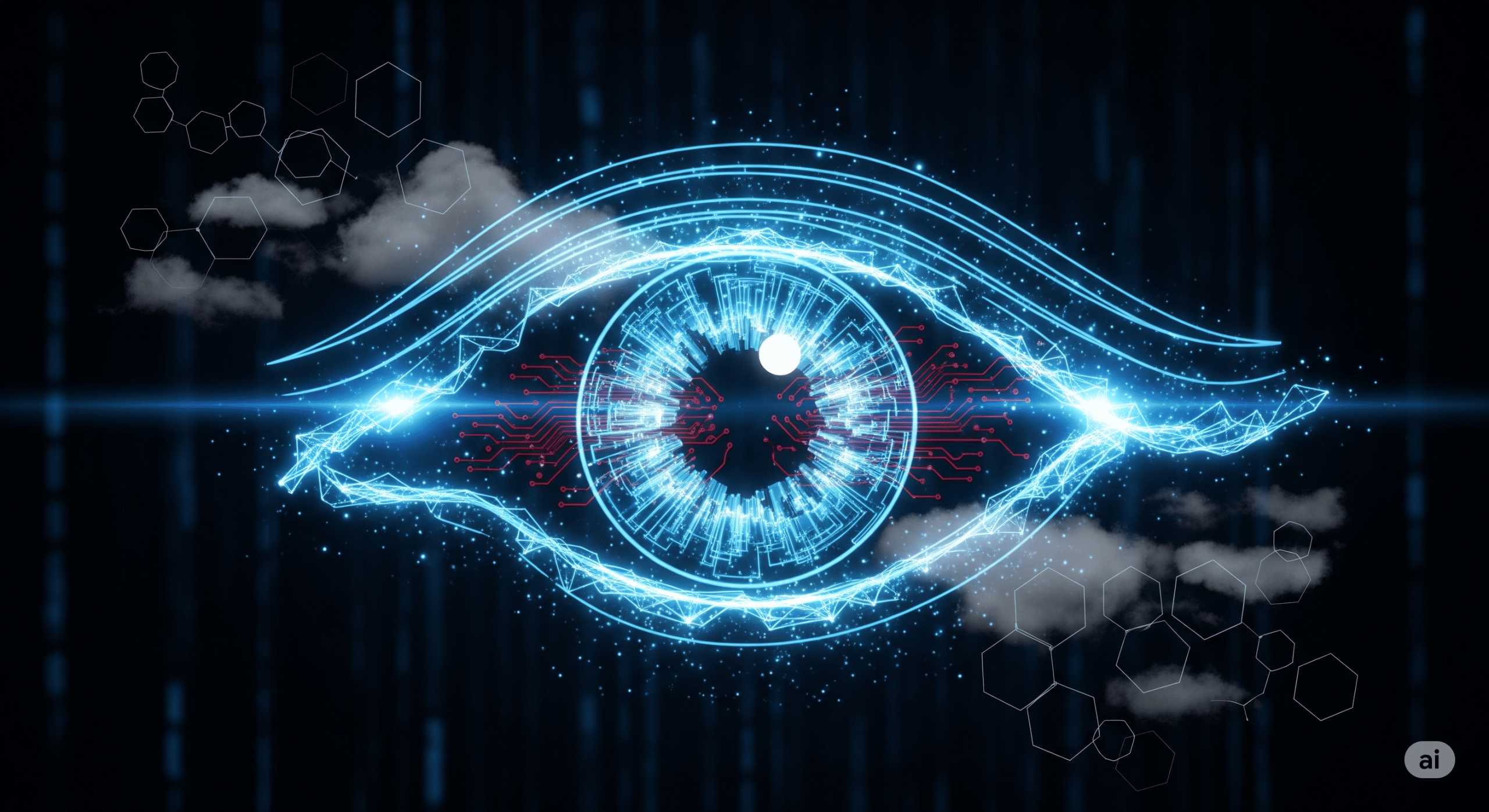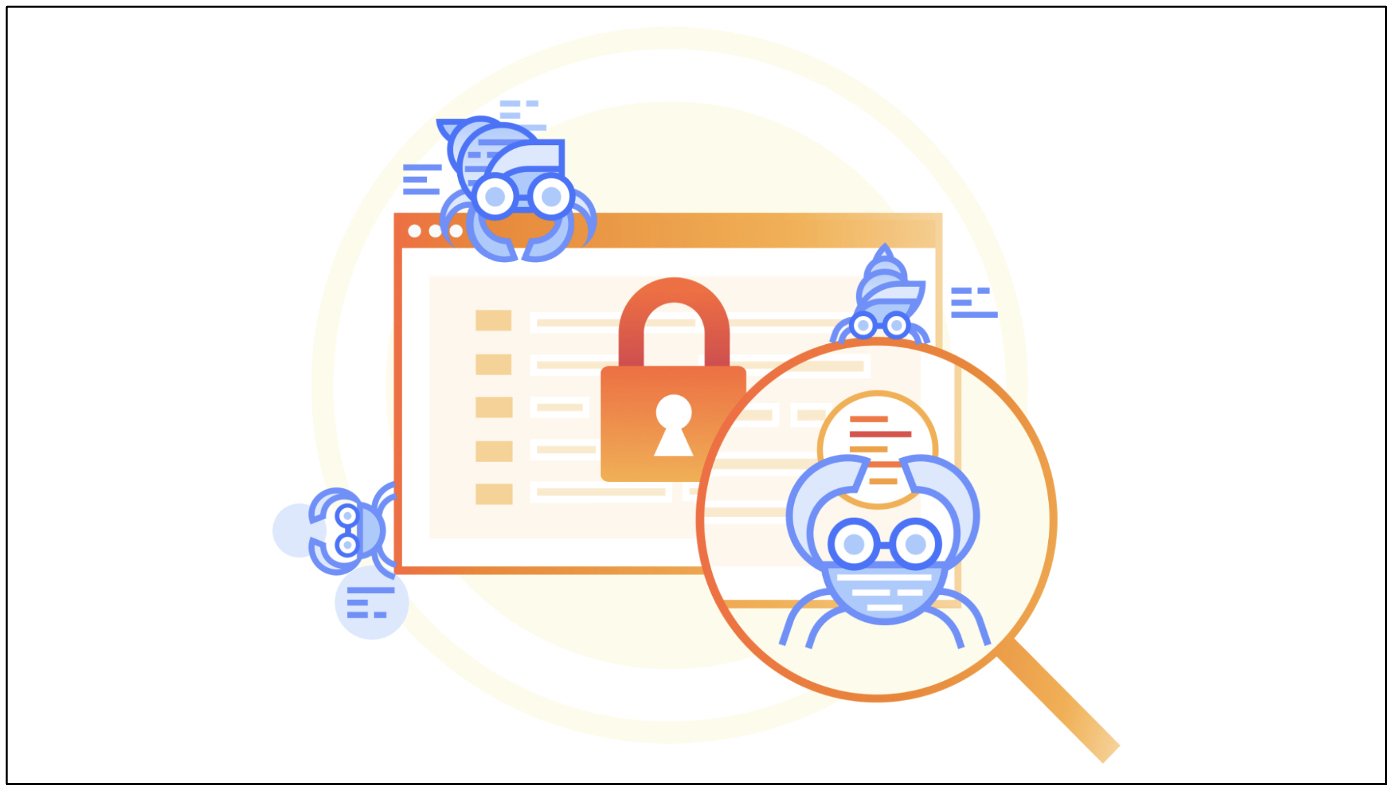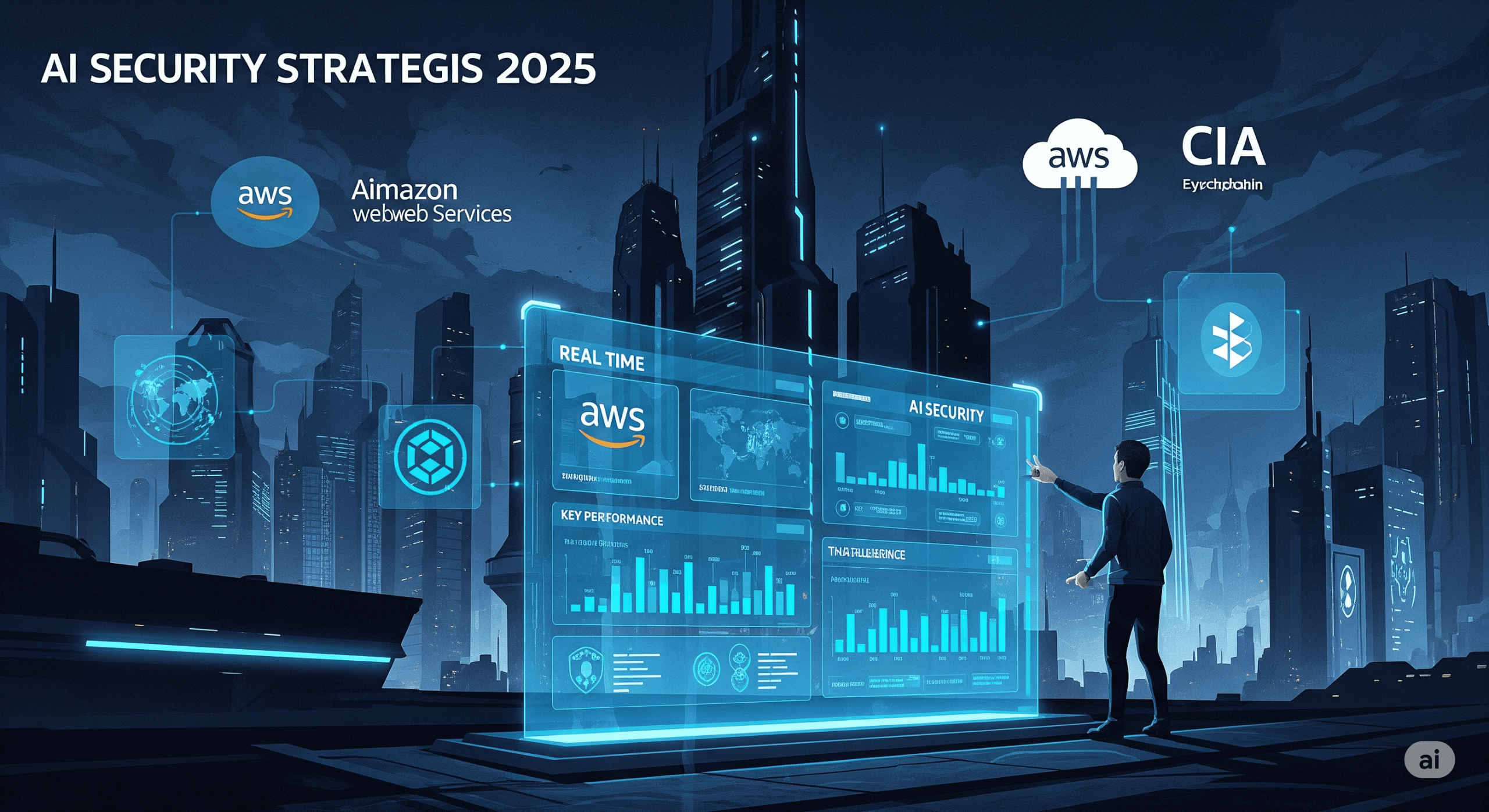The rapid adoption of cloud computing and artificial intelligence (AI) is transforming industries, but it also ushers in a new era of sophisticated cyber threats. As businesses increasingly rely on these powerful technologies, bolstering security measures becomes paramount to safeguarding critical data and operations. This article explores the evolving landscape of cloud AI security, highlighting key challenges and effective strategies for robust defense in 2025 and beyond.
The Evolving Threat Landscape in Cloud AI Environments
Cybercriminals are continuously adapting their tactics, leveraging AI to launch more potent attacks. Emerging threats specifically targeting cloud and AI systems include:
- AI-driven Attacks: Automated phishing campaigns with flawless grammar, adversarial attacks manipulating AI models, and model poisoning that corrupts training data pose significant risks.
- Supply Chain Vulnerabilities: Compromising a cloud service provider (CSP) or a component in the AI model’s supply chain can have widespread impacts.
- Misconfigurations: Errors in cloud settings, often due to complex multi-cloud environments, remain a pervasive cause of data breaches.
- Insecure APIs: APIs, crucial for cloud functionality, can become gateways for unauthorized access if not properly secured.
- Quantum Computing Threats: While still emerging, quantum computing has the potential to break current encryption standards, necessitating a proactive shift towards quantum-resistant cryptography.
Key Trends and Best Practices for Cloud AI Security in 2025
To combat these advanced threats, organizations must adopt a proactive and multi-layered security approach, integrating the latest advancements and proven best practices:
- Zero Trust Architecture (ZTA): Moving beyond traditional perimeter security, Zero Trust assumes no user or device is inherently trustworthy, requiring continuous verification and strict access controls based on the principle of least privilege.
- AI-Driven Threat Detection and Response: Leveraging AI and machine learning for real-time analysis of vast datasets to identify abnormal behaviors, predict potential attacks, and automate responses. This includes advanced Security Orchestration, Automation, and Response (SOAR) tools.
- Automated Cloud Security Validation and CSPM: Continuous, automated validation helps identify and mitigate vulnerabilities and misconfigurations before they can be exploited, improving Cloud Security Posture Management.
- Cybersecurity Mesh Architecture (CSMA): A decentralized approach providing flexible, scalable, and integrated security across all endpoints, applications, and networks within diverse cloud ecosystems.
- Enhanced Data Encryption: Implementing robust encryption for data at rest and in transit, with a focus on adapting to future challenges like quantum computing.
- Multi-Factor Authentication (MFA) and Identity and Access Management (IAM) Enhancements: Strengthening authentication with MFA, passwordless solutions, and context-aware access policies.
- DevSecOps Integration: Embedding security into every stage of the software development lifecycle to detect and fix vulnerabilities early, particularly for cloud-native applications.
- Serverless and Container Security: Implementing specialized security solutions for serverless architectures and containerized environments (e.g., Kubernetes, microservices), including runtime threat detection and automated patching.
- Cloud-Native Security Tools: Utilizing tools specifically designed for cloud environments, such as Cloud Access Security Brokers (CASBs) and Cloud Workload Protection Platforms (CWPPs), to provide advanced protection.
- Regular Security Audits and Incident Response Drills: Consistently reviewing security policies, conducting penetration testing, and performing drills to ensure preparedness for cyber incidents.
- Understanding Shared Responsibility Model: Clearly defining security responsibilities between the organization and the cloud service provider to ensure comprehensive protection.
The Future of Secure Cloud AI
As Novman Mohammed, a trailblazer in cloud and AI security, has demonstrated through his work on AI-driven technology combining threat detection with dynamic vulnerability response, innovation is key. The convergence of cloud and AI demands a new paradigm in cybersecurity that is adaptive, intelligent, and collaborative. Global collaboration and public-private partnerships are crucial to staying ahead of cybercriminals and ensuring a secure, resilient digital future where the benefits of cloud and AI can be realized safely.



